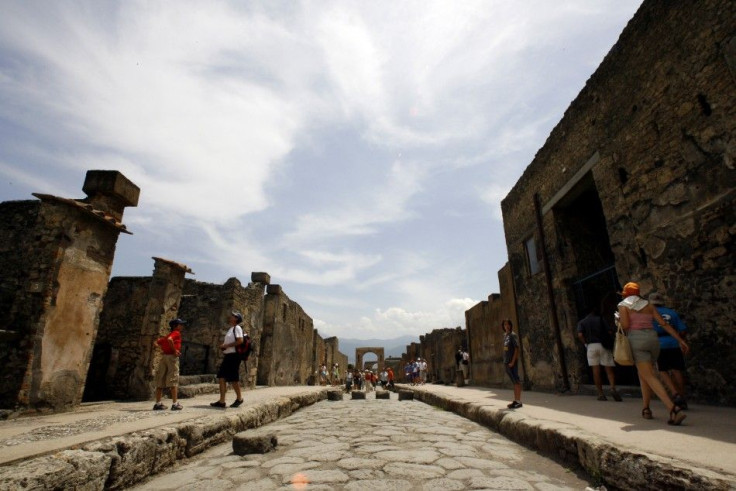Buried in ash, Pompeii exhibit comes alive in NYC

The ancient Roman city of Pompeii that got buried under volcanic ash from Mount Vesuvius, which erupted about 2,000 years ago, is now on display in the form of an exhibit at Discovery Times Square museum in New York City.
The exhibition that opened on Friday features artifacts from the city that got frozen in the epic eruption. Also on display is a collection of body casts.
According to the official site of Discovery Times Square, there are over 250 artifacts, including some never-before-seen objects are on display. The collection of body casts presented is the largest ever on display. A skeleton collection is also one of the highlights of the exhibition, the museum said.
The museum also puts light on the last day when Pompeii's settlements and people were engulfed by the muds from volcanic eruption and were frozen in ash, through movie screening.
Here's a video showing the ruins in Pompeii (Video Source: Discovery Times Square):
© Copyright IBTimes 2025. All rights reserved.





















